
Have you thought about juicing to improve your overall health? Juicing can be a very effective way to take in plenty of the vitamins, antioxidants, and minerals from fruits, vegetables, herbs, and spices. If you suffer from diabetes, however, whether juicing is a healthy option or not becomes a slightly more complex question.
The dietary restrictions associated with proper management of diabetes can make juicing a more complicated proposition. Diabetics must consider how juice will affect their blood glucose levels and how to avoid blood sugar spikes.
Since some plant sugars are known to cause these dangerous blood sugar spikes, it’s important that people who have a difficult time controlling their blood glucose levels use extra caution any time they eat, not just when drinking juice.However, when the proper precautions are taken, juicing for diabetics is not only okay – it can be very beneficial.
What is Diabetes?
Diabetes mellitus is a disease that impairs your body’s ability to process energy. This energy is generally in the form of glucose or blood sugar. In people with diabetes, levels of glucose in the blood can easily become too high, causing a number of complications.

A disorder of the endocrine system, diabetes is caused by the body’s inability to produce insulin (type 1 diabetes), or the body’s inability to react to insulin properly (type 2 diabetes). Type 1 diabetes is present since birth, whereas type 2 usually develops much later.
Pre-diabetes is a precursor to type 2 diabetes. At the prediabetes stage, it may be possible to reverse the disease and even avoid medication.
Gestational diabetes is a type of diabetes that occurs in pregnant women, but typically resolves itself after the baby is born. Blood glucose screenings are commonly performed in pregnant women to ensure that the infant in utero does not suffer ill effects from the high blood glucose levels.
What are the Symptoms of Diabetes?
Although the origin of type 1 and type 2 diabetes differs, symptoms are the same. Both types of diabetics may experience extreme thirst, more frequent urination, a drier than usual mouth, increased hunger, fatigue, vision changes and unexplained weight loss or gain.
People with type 2 diabetes may also experience the slow healing of wounds or cuts, tingling in the extremities, itching, yeast infection, or impotence. These symptoms are the precursors to some very severe complications of diabetes.
Complications of Diabetes
Due to the complications that this group of diseases can cause, diabetes can be life threatening and has the power to severely impact quality of life if not treated properly.
Some complications that can occur are high blood pressure, cardiovascular disease, kidney disease, stroke, neuropathy (nerve damage, often found in the feet and legs), foot problems, ketoacidosis, to name but a few.

Staying on top of blood sugar levels and getting proper treatment for diabetes is the key to prevent these complications. Diet and exercise play a very important role in the control of blood glucose levels. Juicing with your diabetes in mind can be a great way to help stay in control of the disease.
Benefits of Whole Juice for Diabetics
Cold pressed juices are all the rage right now amongst health nuts. These juices are minimally processed in order to help keep the valuable vitamins, minerals, and other beneficial phytonutrients (plant chemicals) intact. Since fiber is such an important part of the diet for diabetes, there’s another option.
Whole juices, or smoothies use the whole fruit rather than removing the fibrous pulp. These are a great option for diabetics. You can consume lots of fruits and vegetables in an easier to get down liquid (through a thicker liquid) form without removing any of the valuable fiber.

These smoothies can be created by first removing the parts of the fruit and vegetables that you wouldn’t eat if you were consuming the produce whole. Then simply chop the fruits and veggies into pieces and blend well. The NutriBullet is a very popular, low cost personal sized blender for this purpose.
10 Blood Sugar Lowering Fruits and Vegetables
Science has shown us that some fruits and vegetables actually help to lower blood sugar levels. They contain phytonutrients and antioxidants to help decrease blood sugar levels. This also means that blood glucose levels must be well monitored.
We’ll go over some of the fruits and vegetables that have been shown to be relatively safe and effective for consumption by diabetics. You should assess each individual ingredient’s potential ramifications for your condition before using.
1. Bitter Melon
Bitter melon, also known as karela, looks like a sort of ridged, lumpy cucumber. Studies have discovered that compounds in the karela fruit have shown promise in the treatment of type 2 diabetes. Bitter melon has no known side effects, which makes a change from most pharmaceutical drugs.
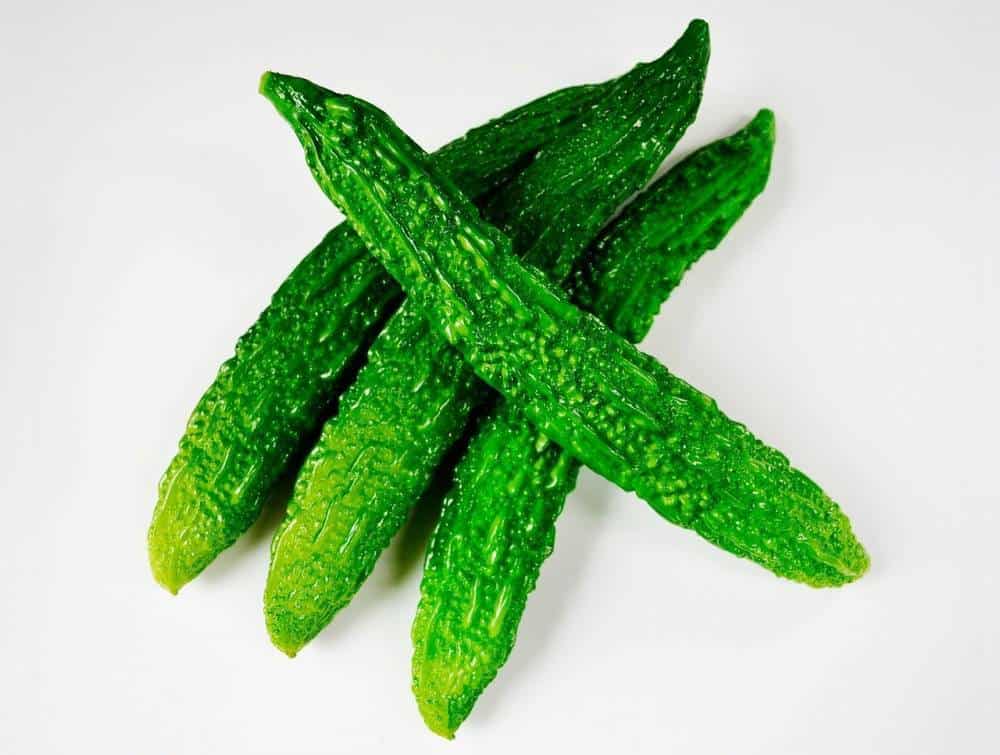
As it stands now, the recommended dosage of bitter melon for the treatment of diabetes is still up in the air. Once again, consult with your doctor before consuming any bitter melon juice, fruit, or supplements to ensure that it won’t cause problems in conjunction with your current treatment.
2. Onion
Certain compounds in onion have been shown to potentially lower blood sugar levels and reduce the breakdown of insulin in the liver. Higher levels of insulin in the body help the body more effectively metabolize glucose, reducing blood sugar levels.
The taste of onion doesn’t lend itself to traditionally tasty juices. However, they may go great in a delicious pizza-style smoothie full of tomatoes, peppers, basil, and garlic. Thinking outside the box may help you to include some of these not-so-sweet veggies into your routine when juicing for diabetics.
3. Garlic
The same sulfurous compounds known as allicin found to provide many of the health benefits of onion are also found in the onion’s cousin, garlic. Though the verdict is still out, with not enough hard evidence to recommend garlic or onion for the actual treatment of diabetes, they certainly won’t hurt.
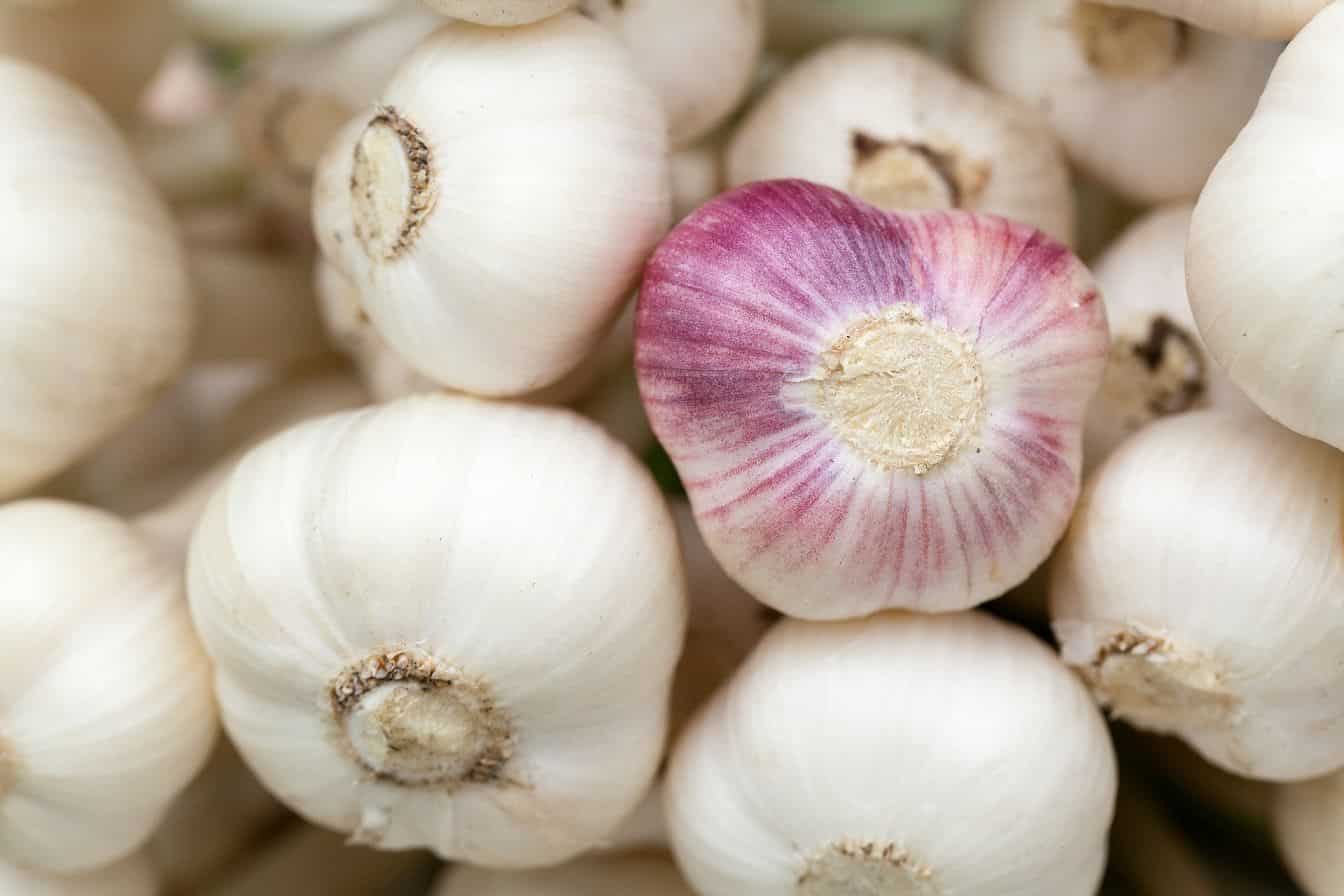
4. Broccoli
Broccoli is an all-around nutritional powerhouse. It contains high levels of vitamin C, vitamin K, and several other vital nutrients. Aside from the vitamins and minerals broccoli contains, it has plenty of fiber and very few calories. Though it isn’t a superfood per se, it’s a great juice addition for diabetics.
5. Cranberries
Cranberries are high in antioxidants and are effective at reducing inflammation markers in the body. As a fruit fairly low in sugar with high nutritional value, they may be the perfect tart addition to a diabetic juice recipe.
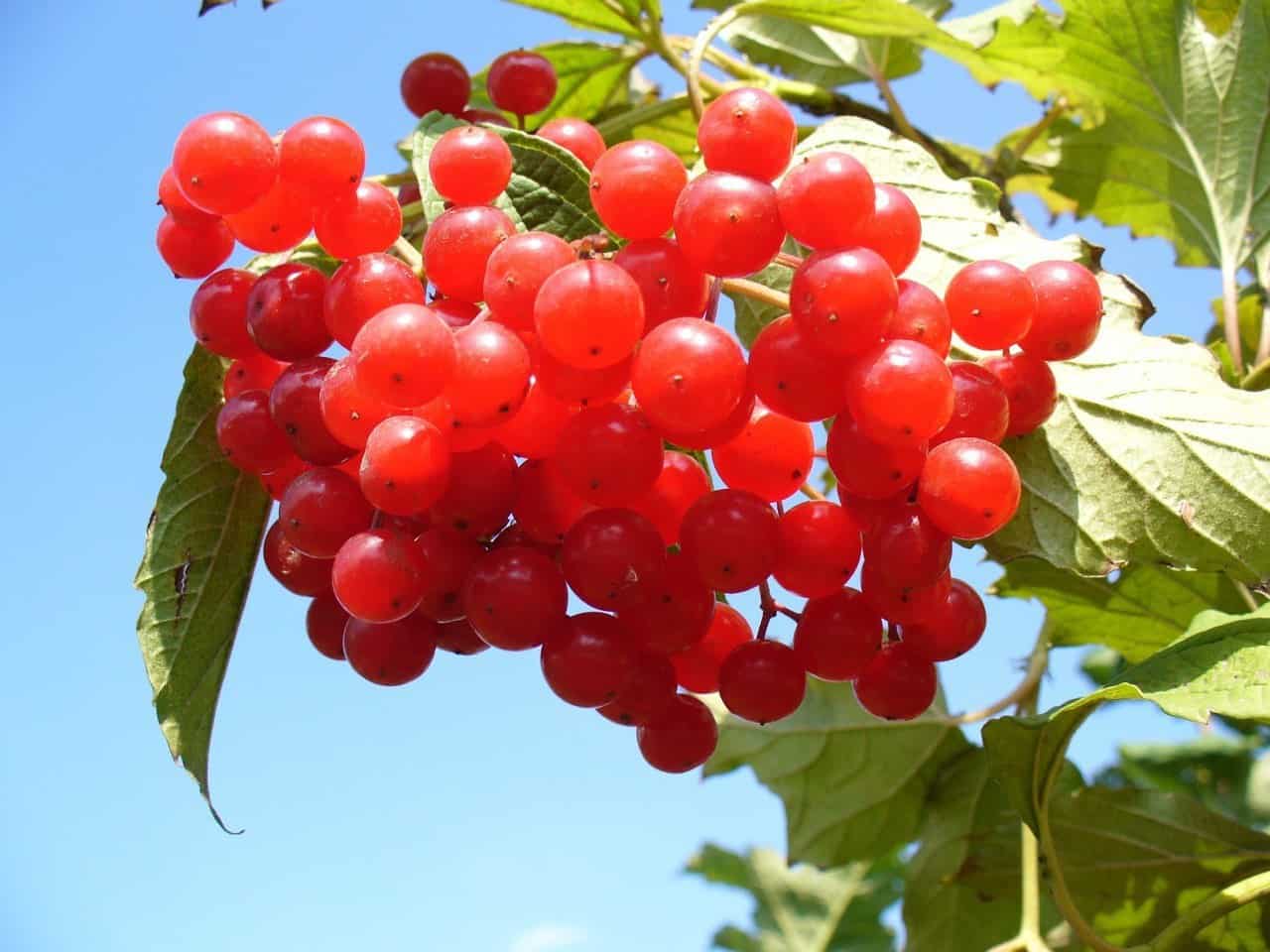
In recent years, science has tied high levels of inflammation in the body to many chronic health conditions, including diabetes. Though the cause and effect relationship between inflammation and these health problems has yet to be fully discovered, it can’t hurt diabetics to reduce inflammation.
6. Celery
Celery seems like a relatively bland vegetable, but it has been found to be quite a powerful piece of produce. Celery has the power to fight H. Pylori, a type of bacteria found in the stomach associated with higher blood sugar levels.
This crunchy, fibrous vegetable also contains a good dose of vitamin K. Studies have shown that adequate intake amounts of vitamin K can help prevent and lessen the symptoms of diabetes. This little note applies to broccoli, as well, which has plenty of vitamin K.
7. Grapefruit
One of the more bitter members of the citrus fruit family, the grapefruit is already known as a powerful fruit. We know it contains powerful antioxidants and lots of vitamin C, but studies have shown that grapefruit may help lower blood sugar when consumed before meals.
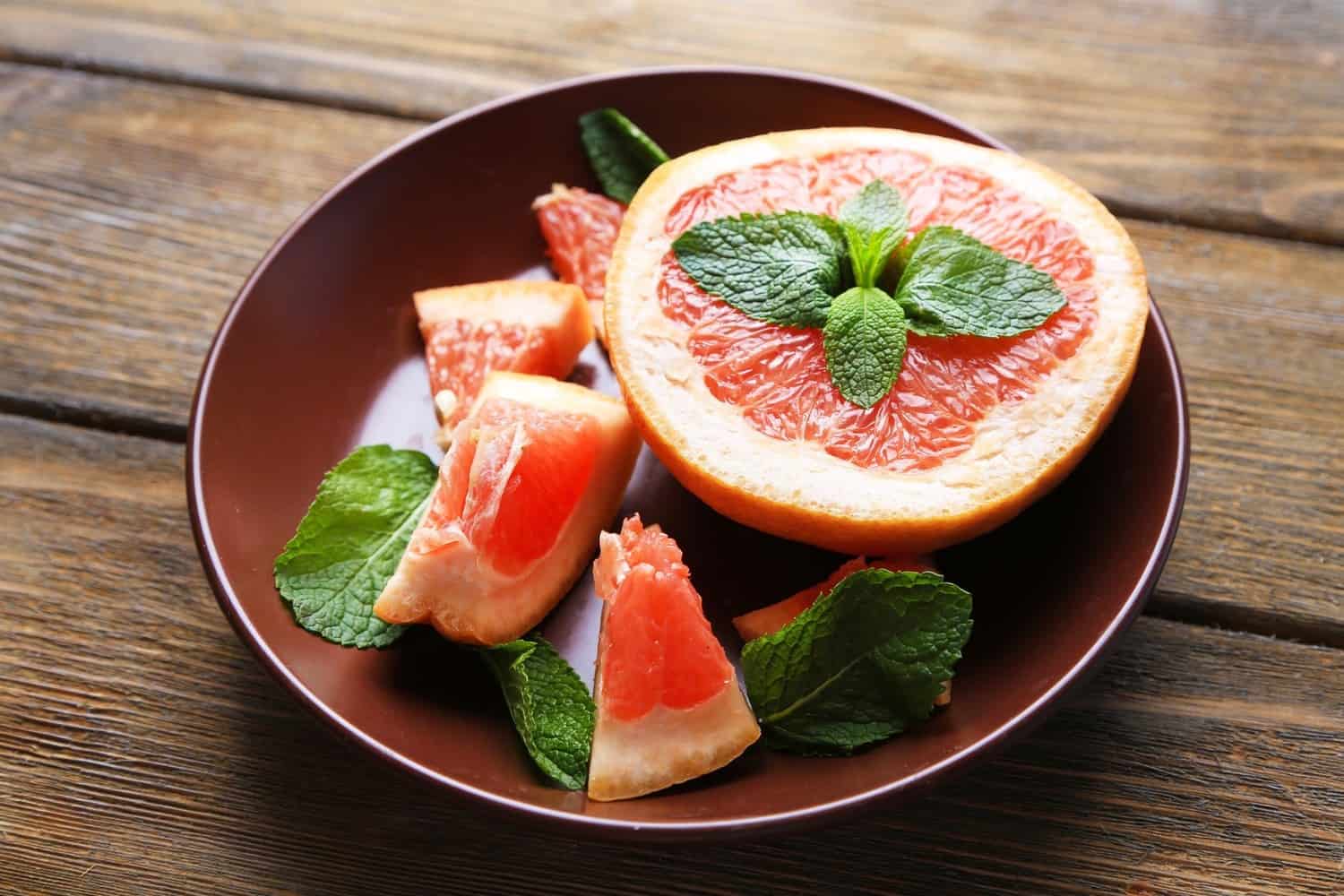
One important note about grapefruit: this fruit has been known to cause many drug interactions. Check with your doctor or pharmacist before making grapefruit a regular part of your diet if you are taking any prescription or over the counter medications. Better safe than sorry!
8. Watermelon
While watermelon contains plenty of sugar that diabetics must plan to work into their diet, it also contains lots of valuable nutrients and plenty of water to aid in hydration. Vitamin A, for example, can contribute to eye health, which is a real concern if you suffer from diabetes.
Studies have shown that watermelon may contain phytonutrients that are beneficial to the blood vessels, as well. Maintaining adequate circulation and healthy blood vessels is crucial in patients with diabetes, so watermelon, in reasonable amounts, may be appropriate.
9. Spinach
Spinach is known as a diabetic superfood, according to the American Diabetes Association. Though it is nutrient dense and boasts plenty of antioxidants, spinach has a very low glycemic index score. This means that spinach doesn’t raise blood sugar levels too much and can even help to stabilize them.
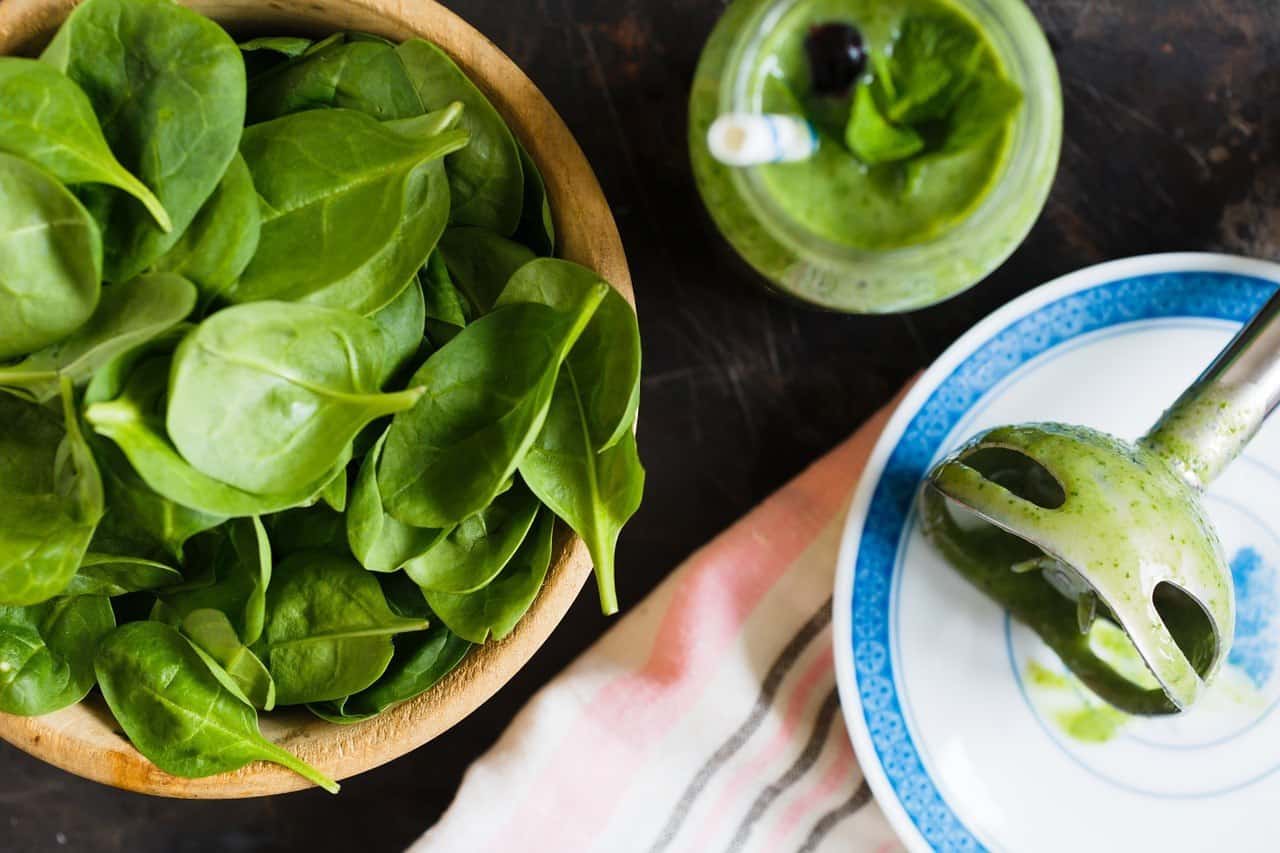
As a low calorie food with very few carbohydrates, spinach makes the perfect base to green smoothies if you have diabetes. With its mild flavor and high levels of vitamins and minerals, spinach is worth a second look as a juice ingredient for diabetics.
10. Amla
Amla, also known as Indian gooseberry, has been used in Ayurvedic medicine for centuries to treat various ailments, including diabetes. There’s good reason for this. Studies have shown that amla is effective in lowering blood sugar.
Because we know that amla can lower blood glucose levels, this is one of the juice ingredients that you absolutely must talk to your doctor about. Using amla in conjunction with diabetes medication can be dangerous. The effects of amla should be closely monitored by your healthcare practitioner.

Amla’s anti-hyperglycemic properties mean that it may be more effective for people with prediabetes. Prediabetics often do not take medication to regulate blood sugar. This may make it safer.
Always Consume Juice Within Reason
It’s so important for people with diabetes to consume juice within reason. Taking in energy through food or drink should always be closely monitored. It is important for diabetics to consider the amount of sugar in each type of fruit or vegetable they are juicing.
Fiber is a very important part of a diabetic diet. It helps the body control blood sugar levels. Since juicing removes much of the fiber from the fruits and vegetables used to make juice, moderation is even more important.
One way to curb the loss of fiber to juicing a bit is to use a masticating juicing machine. These juicing machines crush and ‘chew’ the fruits and veggies rather than spinning the liquid from the solids like centrifugal juicers. This helps the juice retain a higher fiber content.
Talk to Your Doctor Before Changing Your Diet
Diabetics who are on medication to lower their blood sugar already may experience levels that are too low if they consume these powerful blood sugar lowering fruits and veggies. For this reason, it is incredibly important to discuss your diet with your doctor beforehand.

Drug interactions and unforeseen side effects can be potentially life threatening. It’s also a good idea to mention these natural remedies to your pharmacist.
This doesn’t only apply to juicing. It applies to diet in general. If you suffer from any type of diabetes, it’s of vital importance that your doctor both is aware of and agrees to any dietary changes you make. The dietary guidelines that you’ve been provided must be followed in order for your treatment to succeed.
Final Thoughts
As you’ve read here, juicing can be a great idea for people with diabetes. With a few simple modifications, like carefully tracking sugar levels of ingredients and considering whole juices made with a blender rather than cold pressed juices, it can be a great way for diabetics to get plenty of important vitamins and minerals without compromising blood sugar levels.
As long as your doctor is on board, juicing as a diabetic can be a very positive experience. If you have any other questions about juicing for diabetics, feel free to ask!
Leave a comment